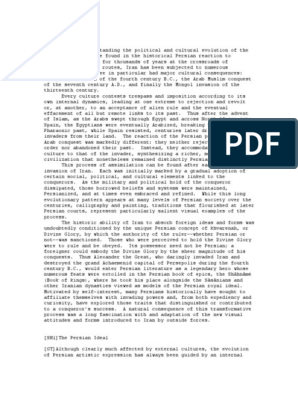0% found this document useful (0 votes)
64 views13 pagesArmor Development in The Early Indian Classical Age
The document discusses the evolution of armor in early Indian classical age, highlighting its function as protective clothing against external threats. It details various types of armor, mentions historical texts that reference armor, and explores the martial symbolism associated with armor in Indian art. The conclusion emphasizes the importance of fabric in armor construction, even as materials evolved to include leather for better protection.
Uploaded by
urja.sCopyright
© © All Rights Reserved
We take content rights seriously. If you suspect this is your content, claim it here.
Available Formats
Download as PPTX, PDF, TXT or read online on Scribd
0% found this document useful (0 votes)
64 views13 pagesArmor Development in The Early Indian Classical Age
The document discusses the evolution of armor in early Indian classical age, highlighting its function as protective clothing against external threats. It details various types of armor, mentions historical texts that reference armor, and explores the martial symbolism associated with armor in Indian art. The conclusion emphasizes the importance of fabric in armor construction, even as materials evolved to include leather for better protection.
Uploaded by
urja.sCopyright
© © All Rights Reserved
We take content rights seriously. If you suspect this is your content, claim it here.
Available Formats
Download as PPTX, PDF, TXT or read online on Scribd
/ 13



























































































